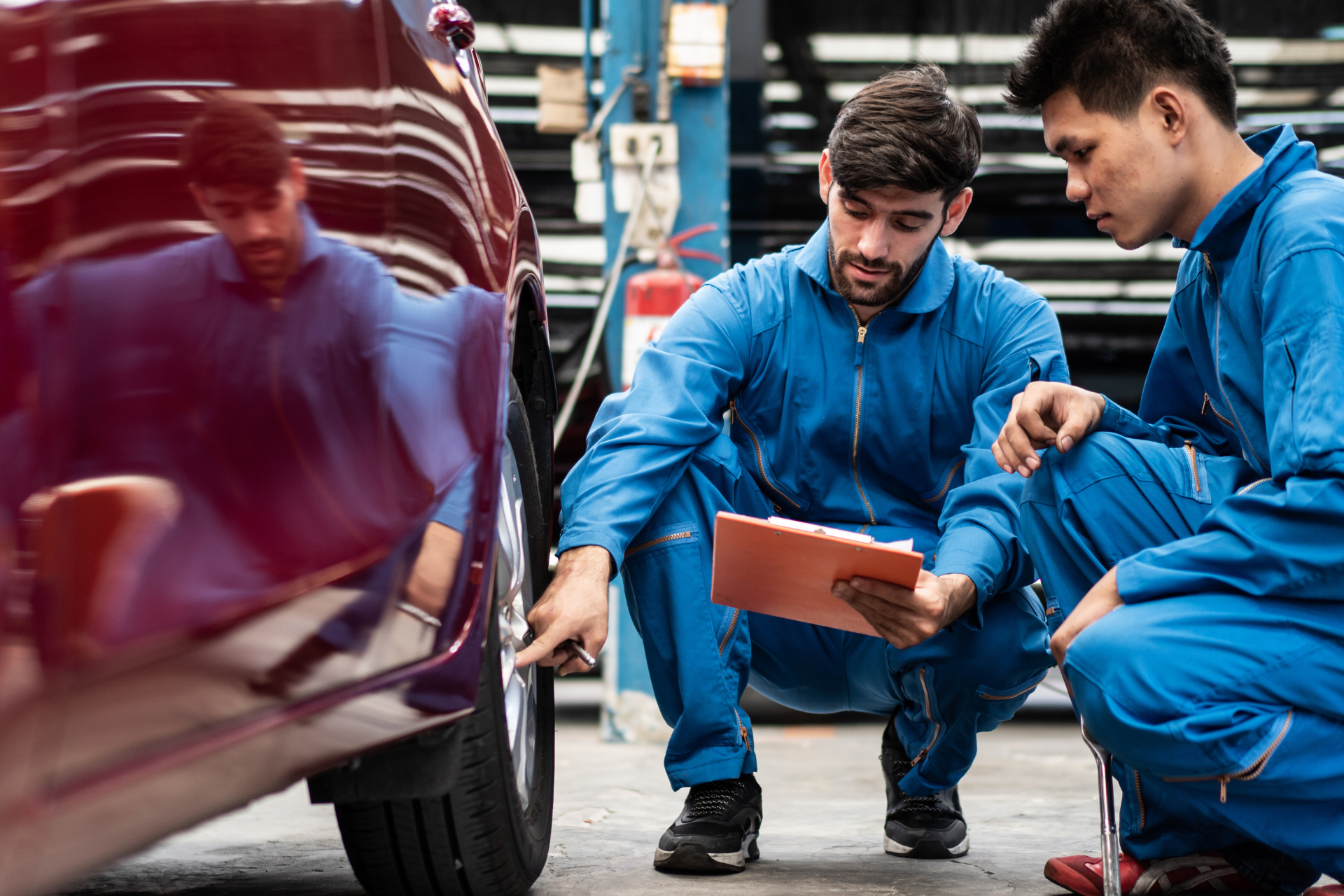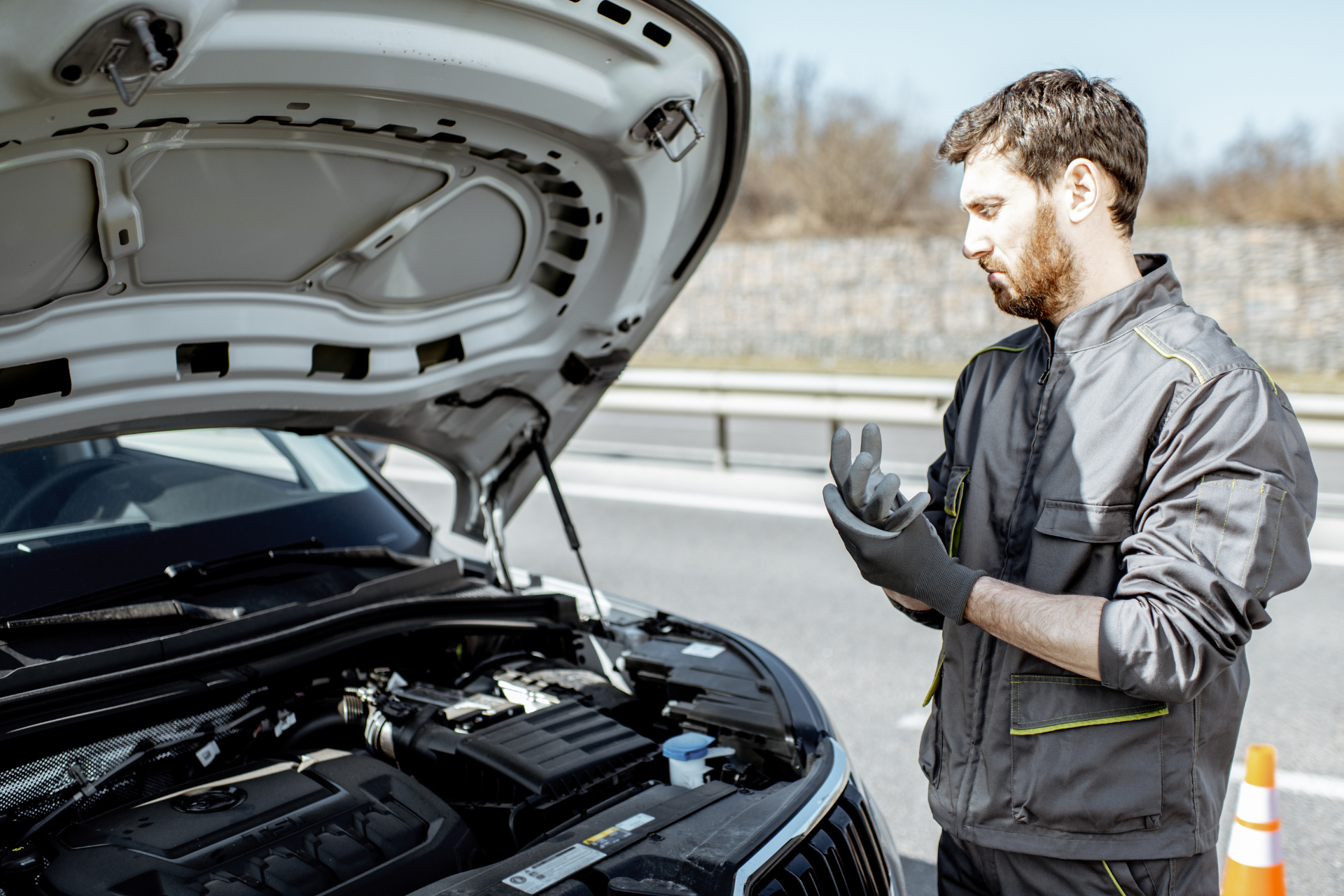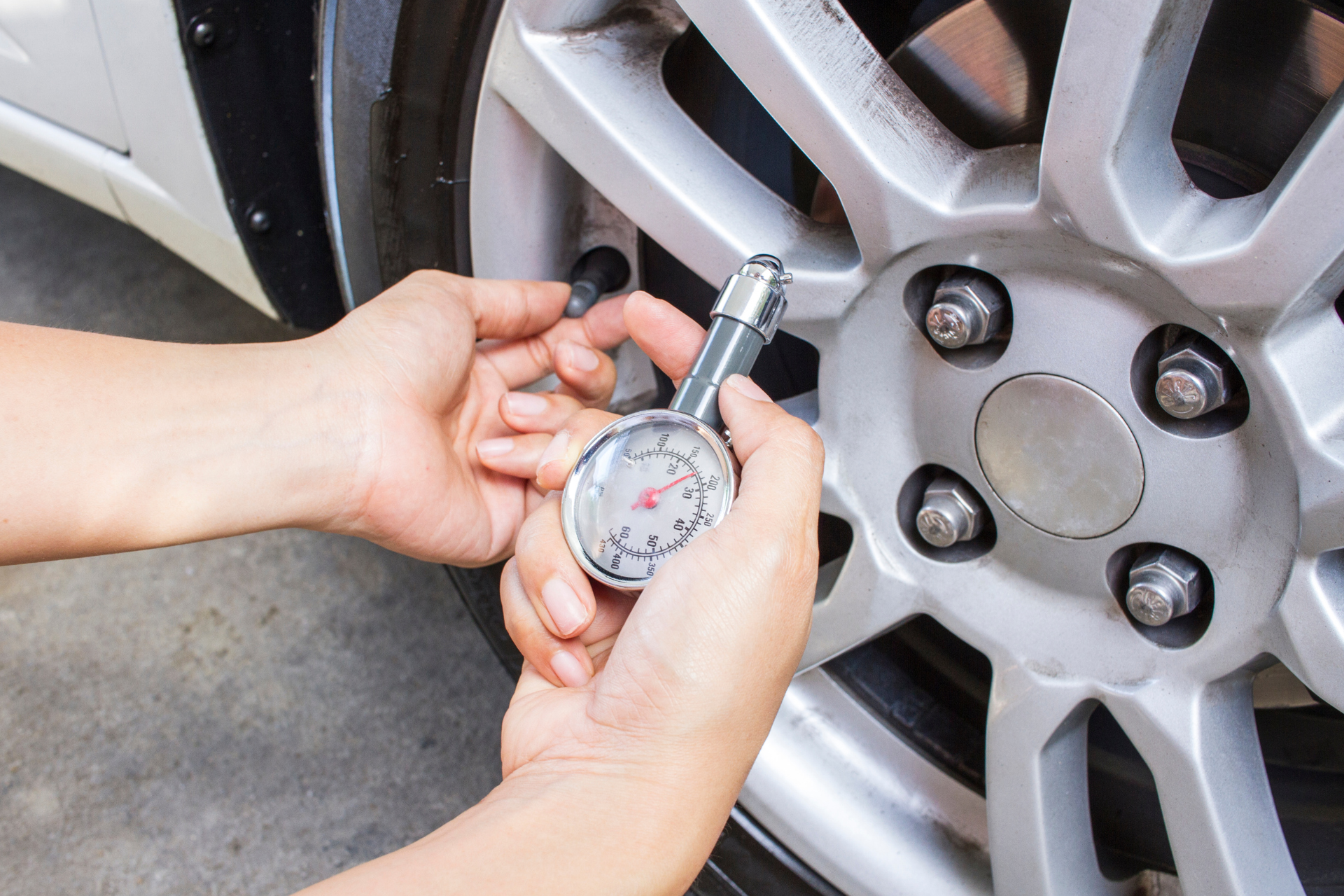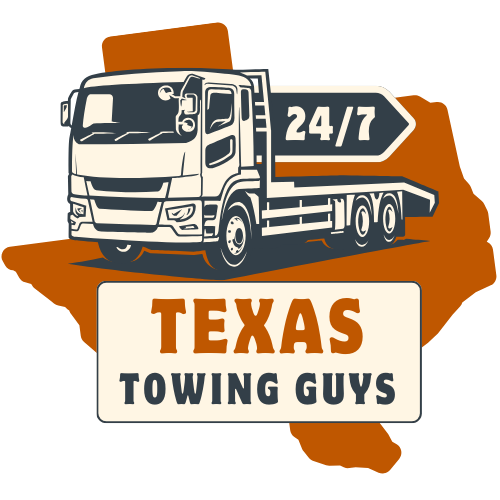How to Change a Flat Tire: A Step-by-Step Guide
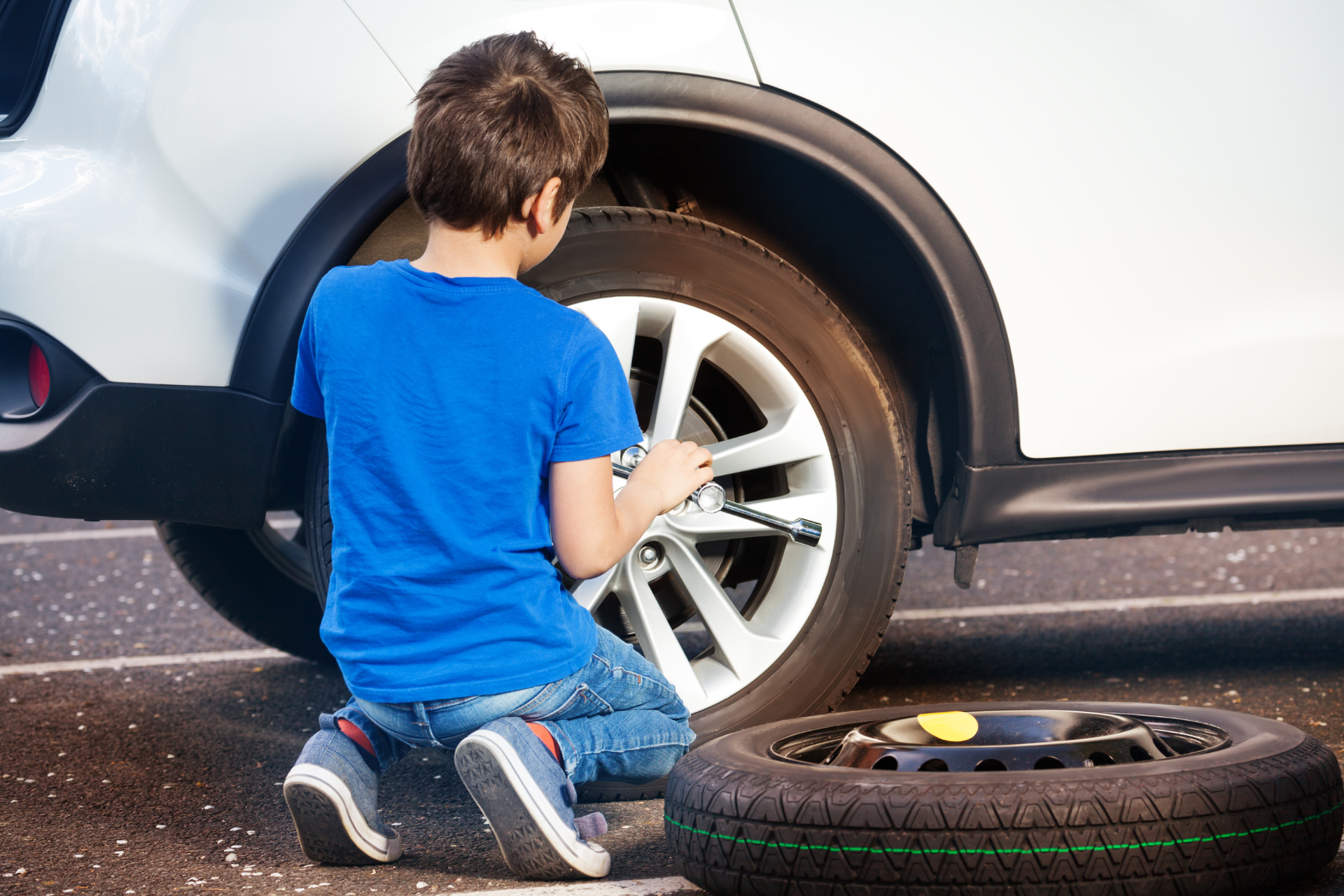
If you've ever experienced the frustration of a flat tire while driving, you know how important it is to be prepared. Knowing how to change a flat tire is an essential skill that every driver should have in their back pocket. In this guide, we'll walk you through the step-by-step process of changing a flat tire to get you back on the road safely.
At Texas Towing Guys, we understand the inconvenience of a flat tire and offer reliable roadside assistance for those unexpected moments. However, being able to change a flat tire on your own can save you time and money. So, grab your spare tire and follow these simple instructions to tackle this common roadside issue like a pro.
Step 1: Find a Safe Spot
When you realize you have a flat tire, safely steer your vehicle to a flat and stable surface away from traffic. Turn on your hazard lights to alert other drivers of your situation.
Step 2: Gather Your Tools
Before you begin, make sure you have all the necessary tools: a spare tire, jack, lug wrench, and wheel wedges. These tools are typically located in the trunk or under the floor mat in your vehicle.
Step 3: Loosen the Lug Nuts
Using the lug wrench, loosen the lug nuts on the flat tire by turning them counterclockwise. Do not remove them completely at this stage, just break their resistance.
Step 4: Jack Up the Vehicle
Place the jack under the vehicle's designated jacking point and raise the car until the flat tire is off the ground. Refer to your owner's manual for the correct jacking points and instructions.
Step 5: Remove the Flat Tire
Once the vehicle is raised, fully remove the loosened lug nuts and pull the flat tire towards you. Place it aside in a safe location.
Step 6: Mount the Spare Tire
Mount the spare tire onto the wheel studs and hand tighten the lug nuts in a star pattern. This ensures even tightening and alignment of the tire.
Step 7: Lower the Vehicle
Gently lower the vehicle with the jack until the spare tire touches the ground. Remove the jack and tighten the lug nuts with the lug wrench in the same star pattern.
Step 8: Check the Tire Pressure
Verify that the spare tire is properly inflated to the recommended pressure. This information can be found on the tire's sidewall or in your owner's manual.
Step 9: Secure Your Tools
Return all the tools back to their storage location in the vehicle and ensure everything is properly secured.
Congratulations! You've successfully changed a flat tire. Remember to drive slowly and cautiously to the nearest service station to have your flat tire repaired or replaced.
At Texas Towing Guys, we offer prompt and professional roadside assistance for all your vehicle needs. If you encounter any challenges while changing a flat tire or require additional support, don't hesitate to contact our team for reliable assistance.
Stay safe on the roads, and be prepared for any unexpected situations with the knowledge of changing a flat tire. With the right tools and know-how, you can conquer this common road hazard with confidence. Thank you for trusting Texas Towing Guys for all your roadside assistance needs. Drive safely!
